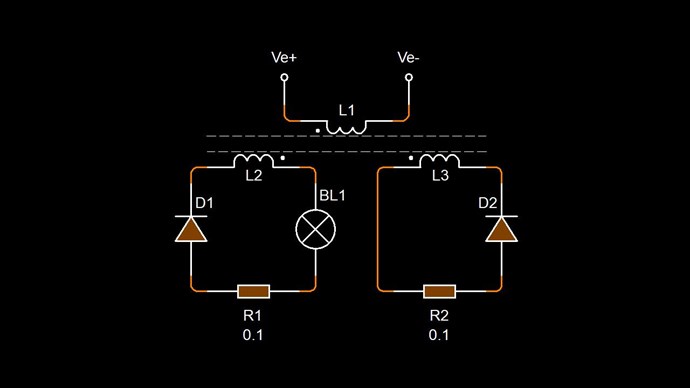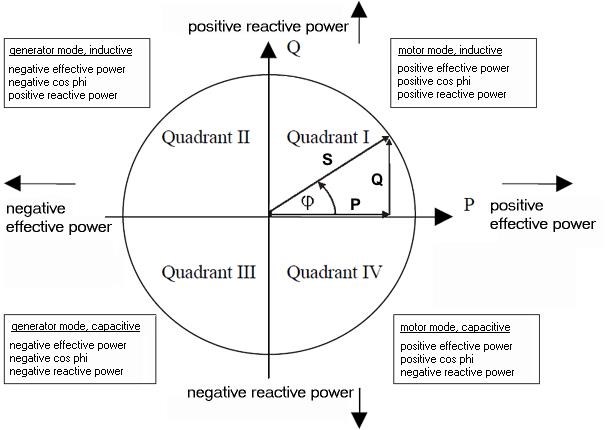Hey Marcel,
My Friend, an excellent, very fitting funny there! I like it!
Yes, our minds do play tricks on us, when you say:
I had convinced myself that I should be seeing a reversal of current at some point.
I agree, my mind has done the same, but because we make very strict, detailed observations, and circuit analysis, we can prove our mind tricks wrong, because there is always an explanation for what we see!
Your Statements:
Main take-aways:
- No reversal of current expected in the non-inductive experiments.
- Opposing magnetic fields amplify current.
- Voltage is knocked down quite a bit during magnetic field bucking, so methods need to be used to accommodate that.
Absolutely!
IMPORTANT: I have learned, the hard way, never Assume, Never look for or incorporate any Magic in your research! Never believe others, including myself, always check and verify everything! There is ALWAYS a perfectly good explanation to what we see on the bench! It is OUR JOB, to observe, study, and explain these things properly!
There is NO Magic, they would have you believe otherwise, but there is no magic here! The Coils behave in a very predictable way! There is nothing occurring that can not be predicted, once the correct understanding is achieved!
Exactly, Opposing Magnetic Fields, Amplify Current! That's absolutely spot on!
My Friend, the last bullet point, this is a very interesting and a very important aspect and this needs a lot of attention to more broadly understand!
I said, in the Thread: Voltage:
From the early days, we have had problems with Voltage! At one point I asked the question in one of my Mr Preva Experiments, why such a large Voltage Drop?
First: A Voltage is either:
- Generated - Example: " Electric Generator"
- Un-Generated - Example "Common Mode Choke"
The "Potential Difference" of Charge between Terminal TOne and TTwo, the total Elementary Charge's, the Difference in Number, can be Balanced, in Number or Distribution, and due to our beautiful principal, Superposition, we can Cancel out the Charge Difference, or we can double, the total Number.
For Example:
- POCOne has 10 Volts "Generated".
- POCTwo has 10 Volts "Generated".
The Polarity of this voltage can be predicted using the Right Hand Grip Rule, and thus if we make a Conscious decision to Wire these coils in convention Bucking Mode, we end up with a total Voltage of Zero! Because 10V + -10V = 0V!
However, A Hint in the Literature, one I have tried to get out there for quite some time, is:
If the directions of the two signals are such that opposite H-fields cancel and E-fields add, an apparently steady E-field will be created. The energy density of the fields remain as calculated above, but the value of the E-field will double from E/2 to E.
Ref: Floyd Sweet - Nothing is Something.
Floyd Sweet tells us, the Electric Field Intensity can double, from E/2, a Singular "Generated" Potential Difference of E, to a more useful E, thus E/2 + E/2 = E.
Again, back to our example,
- POCOne has 10 Volts "Generated". E = 10 Volts.
- POCTwo has 10 Volts "Generated". E = 10 Volts.
In this beautifully simple circuit:

You can see, I have implemented and loaded e/2, individually, in each separate Circuit, Diakoptics, and although one appears to have no load, truth is, it is fully loaded, with a Load Resistance of minimum value.
This circuit represents Asymmetrical Electromagnetic Induction, we have a Voltage "Generated" in the System more than once, and we have three separate Magnetic Fields, all working in the System at the same time.
This experiment, and the above circuit, proves, Electromagnetic Induction is Incomplete! Electromagnetic Induction works! No one can deny this! However, it is an incomplete field and no one has ever corrected it, nearly 200 Years and no one has ever come forward with a completed and working Electromagnetic Induction, I have completed it, its now complete, and this is the answer to all of the worlds problems!
Anyway, Voltage must be "Generated", and it is the Interaction of the Coils on each other, that either "Generates" or "Un-Generates" the Voltages! Voltage is Regulated by the applied Negative Voltage.
Bucking Magnetic Fields "Generates" Voltages and Pumps Current!
Again, Marcel, its wonderful having such advanced dialog with you! You are very thorough and I see you understand all of this, but are just putting the pieces of the puzzle together. I respect that!
NOTE: EVERYONE should be Replicating and Studding, this very important information! Its all about Understanding! Once you understand, the rest is very very easy! This is SO IMPORTANT!!!
Best Wishes,
Chris



























